The surprising country that has quietly beaten the coronavirus pandemic
There are few places on the globe where the novel coronavirus has not reached, but some countries have done better than others at keeping the disease at bay.
While parts of Europe and the Americas struggle through a second wave of coronavirus, there is one country that is being held up as a quiet achiever in the global pandemic – and a surprising one at that.
Mongolia shares a border which China – where the pandemic is believed to have originated – and lacks the healthcare system of wealthier countries. With very few ventilators in the country, Mongolia would seem like a prime candidate to be ravaged by the coronavirus pandemic.
But the country hasn’t recorded a single COVID-19 death and has no community transmission to speak of.
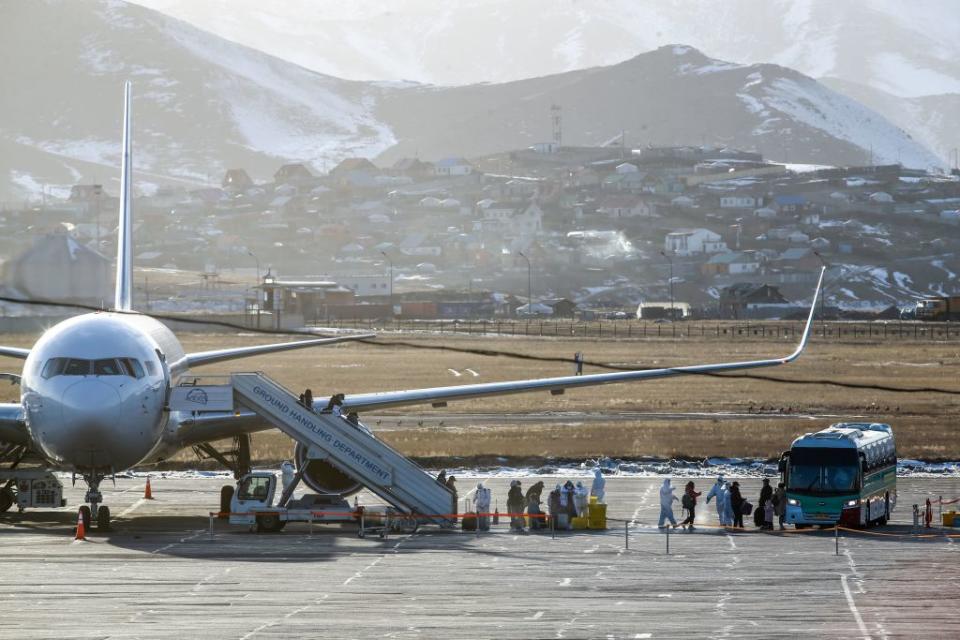
Unlike many Western countries, Mongolia was uniquely prepared and ready to deal with a global virus pandemic, says Professor Li Narangoa from the ANU’s Mongolia Institute.
“I was worried when it spread in China because Mongolia and China have such close trade relationship and there are a lot of travellers on land as well, not only in air,” she told Yahoo News Australia.
But a nomadic lifestyle that involves living in close quarters with animals has meant a history of dealing with zoonotic disease outbreaks. When news of the novel coronavirus spread, it was just the latest episode.
Mongolia acts early after China reports cases
Mongolia moved swiftly to close its borders to China in January to prevent the virus from spreading into its territory. It was just the second country, behind North Korea, to do so.
Health officials also told the public to wear a mask on January 10, just days after they had learned of the virus. The following month, the government started flying Mongolians living abroad back home and testing them.
To date, Mongolia has officially recorded just 311 cases, with those diagnosed generally being Mongolians returning from Russia and other nearby nations.
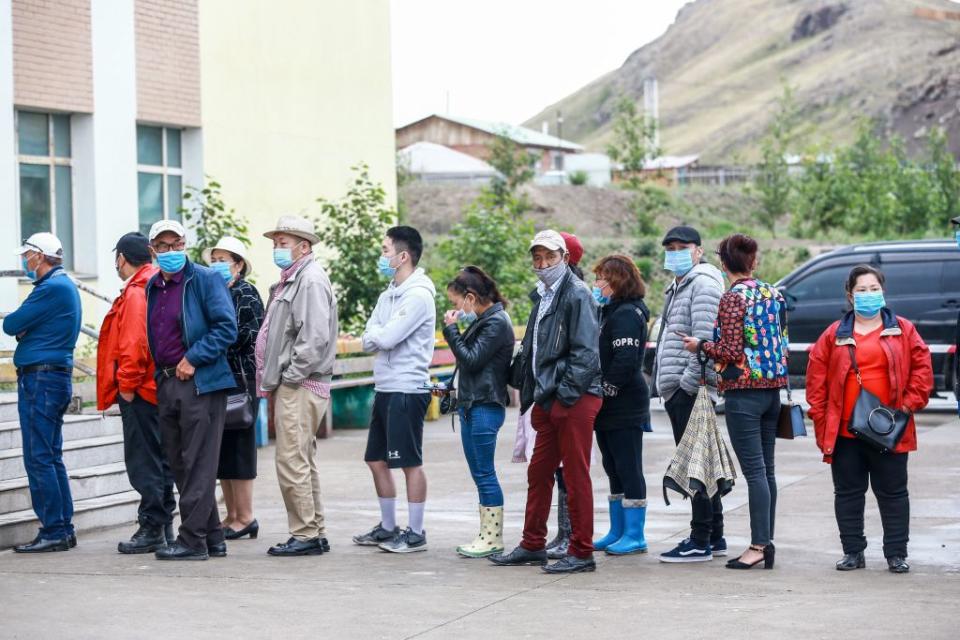
“When the first case was confirmed on March 9 [a French national in Mongolia], they basically closed their border to flights from those countries,” Prof Narangoa said.
While the lack of healthcare infrastructure played a part in the swift response from the Mongolian government, she believes that is just a small part of the story.
“Not all the countries without a proper welfare system reacted in the same way,” she said, pointing to countries like India which is currently recording around 80,000 to 90,000 new cases a day.
“My explanation is that Mongolia has always been responding to these events.”
Of the country’s 3.2 million people, about half live in the capital Ulaanbaatar but many still live a traditionally rural lifestyle. Electricity and sewage treatment are in short supply in the slum communities that surround the capital, mostly populated by former herders who have given up life on the steppe.
“Even though in recent years people move to the urban areas … they have very close ties to countryside. Because [they are] nomadic people, they live very closely with animals and animal disease outbreak happen very often.”
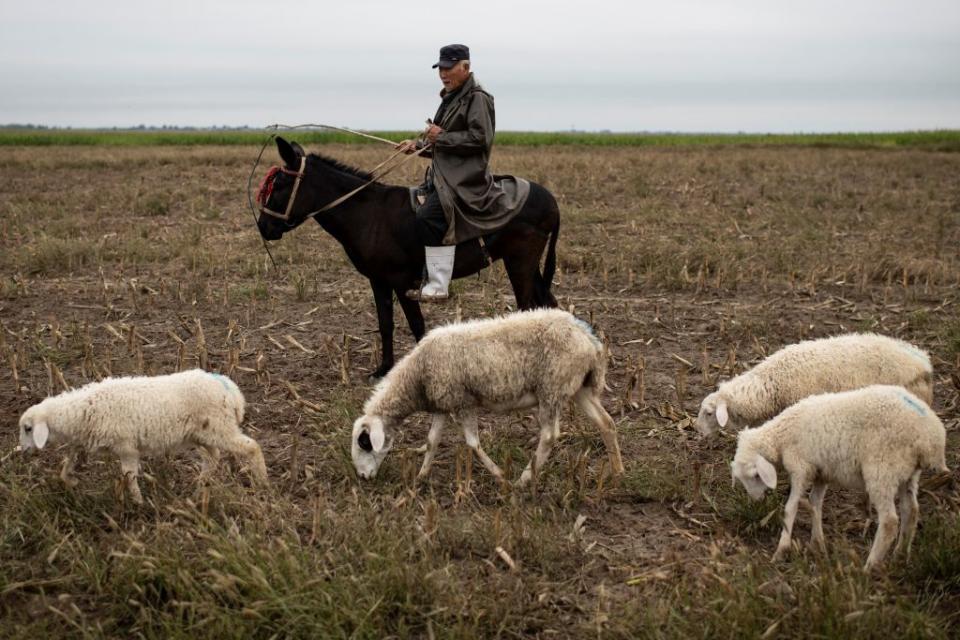
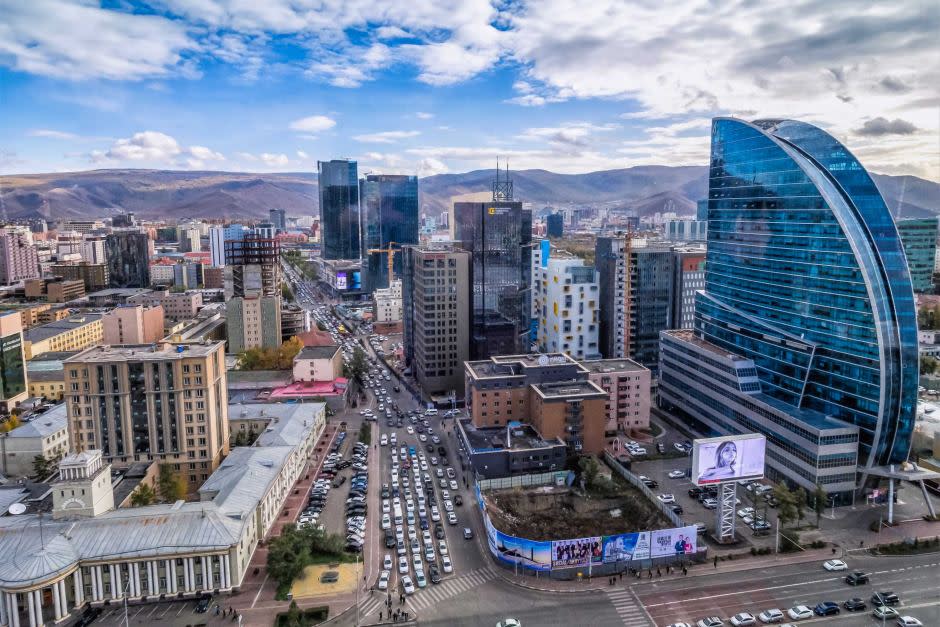
For instance, when a foot and mouth disease outbreak occurs, the country will close all provincial borders, set-up checkpoints along all major roads and control the movement of animals.
“They really get used to dealing with these type of outbreaks and dealing with these kinds of diseases,” Prof Narangoa said.
Technology systems as well as government and social protocols were rolled out with little fanfare or resistance from the public.
“The core of Mongolian success is … their preparedness for general disaster.”
Shocking beach photos emerge as grim coronavirus record broken
'A massive thing': Victoria Premier announces easing of restrictions
‘Community transmission might be just around the corner’
Davaadorj Rendoo, an epidemiologist at the National Centre for Public Health in the capital Ulaanbaatar wrote about the urgency of the country’s pandemic strategy in the MIT Technology Review last month.
“Because our country has a very harsh, dry, and cold climate, every year from November to February we have an awful flu season, and the Ministry of Health always encourages people to practice good hygiene and wash hands, especially young children. So many of our suggestions were not new,” he wrote.
The government also moved quickly to counter misinformation and online hoaxes.
“We don’t know how long the state of emergency will last. Some of our highest officials have said we will close our borders indefinitely. We cannot take anything for granted,” he wrote.
“What we still recommend every day to the public is to stay ready, because community transmission might be just around the corner.”
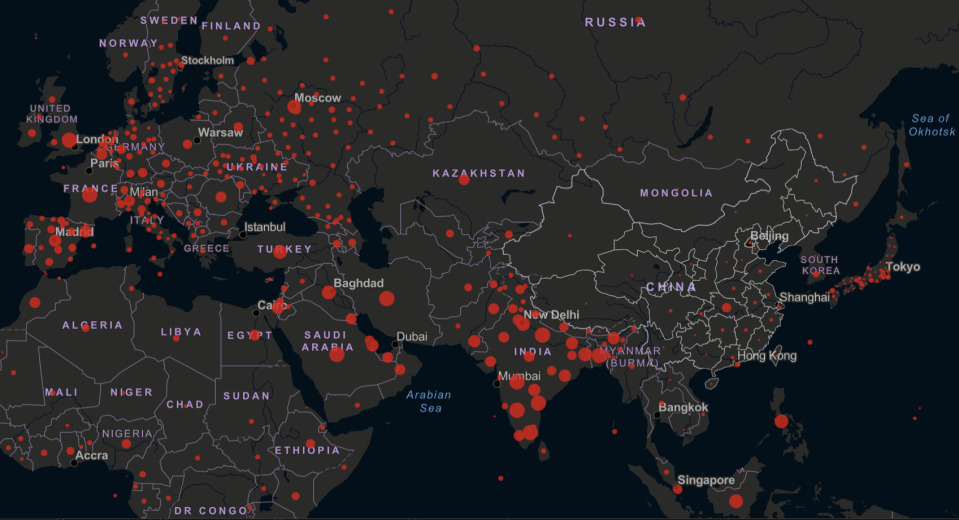
Last week, the head of the World Health Organisation lauded Mongolia as among five top countries the world could learn from when it comes to pandemic response.
The country has maintained a nearly 30-year democracy instituted after a new constitution was adopted in 1992 following six decades of communism.
In June, as cases surged in much of the world, Mongolia held a national election with economic malaise, corruption and weak public services dominating concerns among voters. The government was returned with a strong parliamentary majority with at least some voters citing support for the swift response to COVID-19.
Do you have a story tip? Email: newsroomau@yahoonews.com.
You can also follow us on Facebook, Instagram and Twitter and download the Yahoo News app from the App Store or Google Play.





